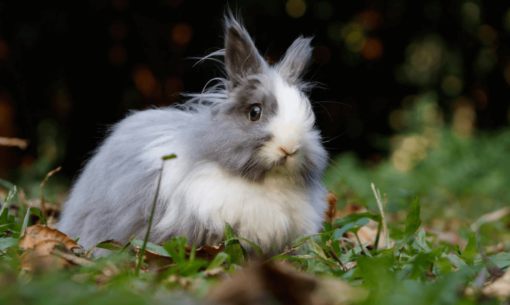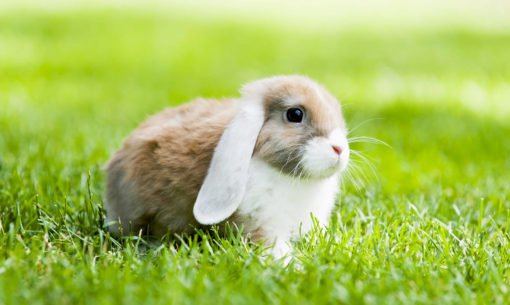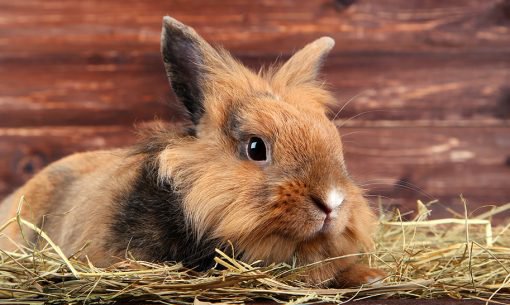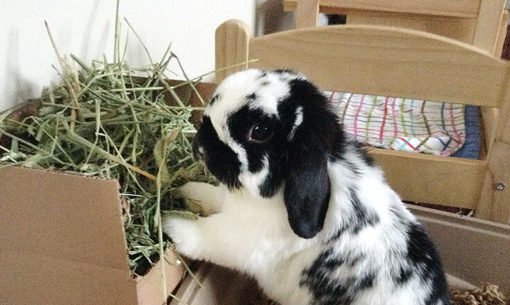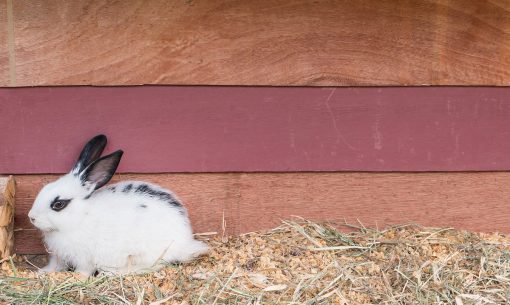Winter care for rabbits
Arctic hares famously live in the tundra, surviving and indeed thriving in the snow and ice without resorting to hibernation. It’s tempting to think that on that basis, a pet rabbit could easily survive a chilly winter. In fact, rabbits do die of the cold in hutches and they need extra care.
No place like home
Rabbits, as a rule, often cope with cold better than heat in their furry coats. But the zone in which they are comfortable is between 10 and 20 degrees centigrade. Unfortunately, that means that, in most countries during much of winter, rabbit homes may need to be adapted
In counties where rabbits commonly live outdoors, putting the hutch in an outbuilding is a common scenario but completely moving the pet into the human home might be an even better solution. Sadly, out of sight, out of mind is a real truism when it comes to rabbits that have been moved into dark, cold outbuildings, many of which are unsuitable due to chemicals, fumes or even rodent infestation. It’s those rabbits that become ill and unhappy. If there is space indoors to bring them inside then not only might it be a kinder solution but it may well bring pet and owner much closer – emotionally as well as physically.
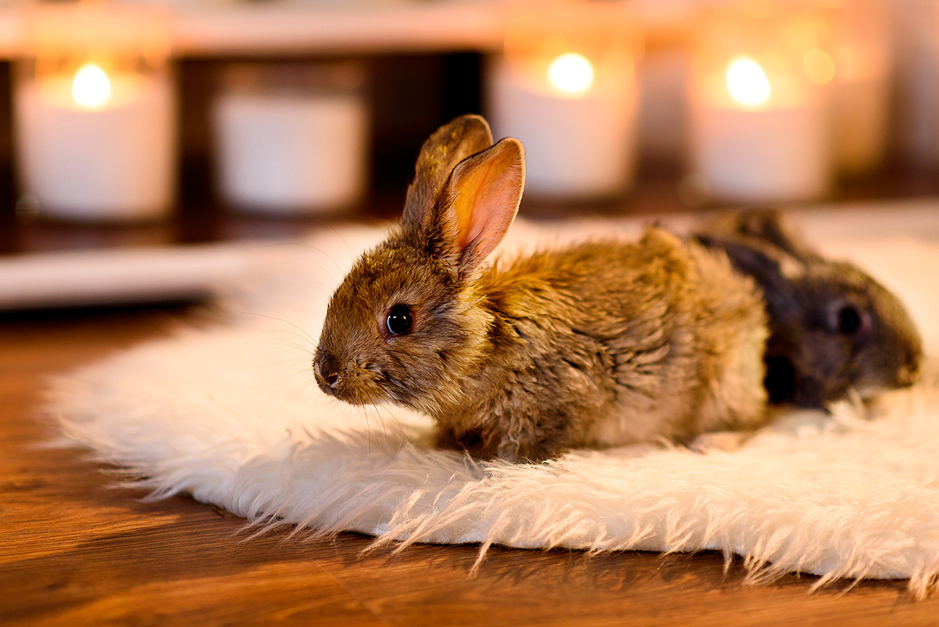
Staying outdoors
For those that are used to the outdoors and have to stay outside, preferably in a sheltered location or building, then hutch covers that provide insulation are a good idea. Ventilation must be maintained to avoid respiratory problems developing and the hutch should be raised off the ground to allow circulation of air and prevent dampness. Perspex can be added to the front of the hutch leaving a ventilation gap to protect from driving rain or snow. Check that doors are secure and perhaps even closed using a padlock to keep out hungry predators.
Additional bedding, changed more frequently to keep it dry, brings the temperature up a little. It’s a task that’s often avoided for as long as possible when it’s cold, rainy and howling a gale but hutch cleaning is every bit as important now as at the height of a hot summer.
Choose absorbent bedding material that wicks away moisture. Tiny Friends Farm Eco Bedding is more pleasant to handle than harsh straw in bad weather conditions, being light and dust free. Another reason for frequent bedding changes is the risk of fly strike which persists into the winter and a cosy hutch is just as attractive to flies as it is to pets.
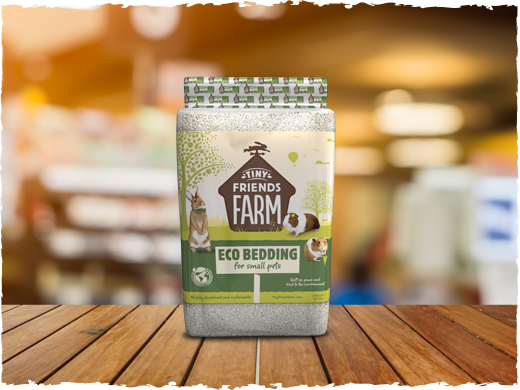
Heat pads or a well wrapped hot water bottle containing glycerine in the water to slow freezing, will help as the temperature drops and an additional box or snuggle bed stuffed with bedding and packed around with newspaper or straw, provides somewhere to retreat to as it gets colder.
Stretch their legs
The hutch should of course be large enough for two rabbits to hop up and down and stretch up on their hind legs but that’s not really enough over several months – imagine how you might see out the winter in a six foot cube and you will realise that that level of confinement might not be ideal for your mental health and wellbeing.
In the summer an outdoor run – either attached to the hutch or separate – provides that additional exercise space. But once it becomes muddy, with pooled water, or covered in ice, it might no longer be suitable. Winter bunnies need a clean, dry area to run around and play. That might be provided within a garage or garden shed or an indoor room that’s been made rabbit-friendly. An attached run can benefit from a temporary roof to improve conditions.
Rabbits can struggle to stay active in the winter and may prefer to be snuggled up. Hocks and joints can become sore and mobility and skin health adversely affected. To restore normal activity, it may be time for some new tactics. Hide food in different locations so rabbits have to move around to find it. This is also a great way to replicate natural foraging behaviour to keep their minds healthy too.
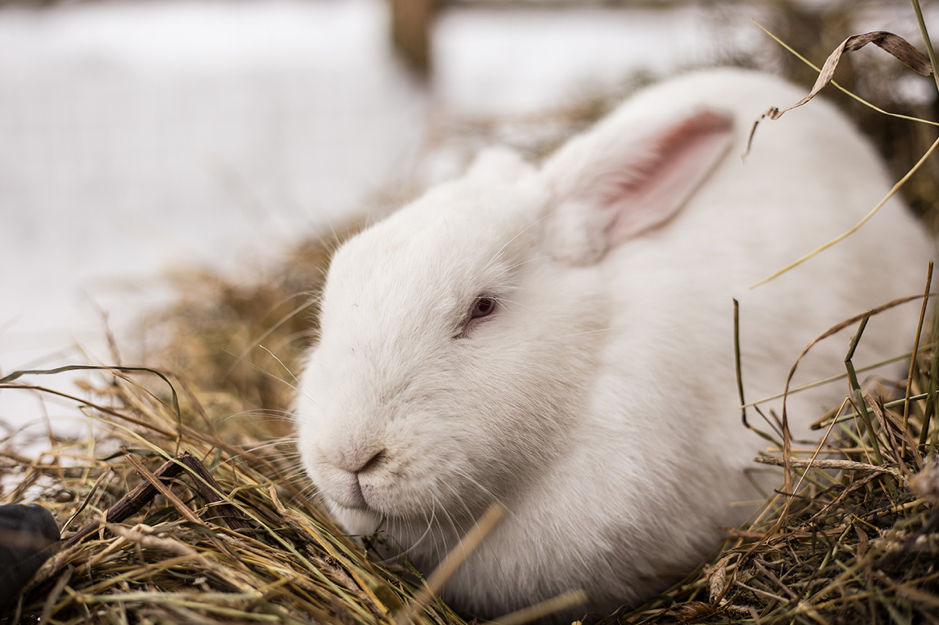
Tunnels and balls are especially popular with rabbits. Puzzle toys can include bells or be stuffed with food and balls made with natural materials can also be chewed. Choose a selection and change them round on a rota so there is always have something novel to get your pets interested. Use toys in news ways so that rabbits have to stretch upwards to reach them. Swinging treats, stackable toys, balls so large they need to be moved around with the front paws, or logs stuffed with food, all offer different experiences. Variety is key, as is making the rabbit move around to seek out their favourite activity. It’s possible to combine them in an indoor rabbit run with obstacles to crawl through or jump over. It can be a bright spot everyone’s day and included in the routine alongside feeding and cleaning.
There’s still the possibility of short sessions outdoors when weather allows. On those crisp, cold but sunny and dry days, it’s great to ensure they have outdoor access in a safe run – a collapsible one allows you to choose the driest ground and to move the run around the garden easily so that the ground doesn’t become too muddy.
Shelter should be available in case it starts to rain, perhaps in the form of a portable hide away. If rabbits get wet then they should be dried with a towel and fully dried naturally indoors. Be careful with indoor rabbits as they won’t have had a chance to develop a winter coat and will be much more vulnerable.
Of course, the biggest factor in play is having a rabbit friend and rabbits should be paired up before winter hits – they can help to keep each other warm, as well as being companions that contribute to a sense of wellbeing and security.
Moving indoors
There are lots of advantages to indoor living at this time of the year. Carpets, skirting boards and wires are all at risk from rabbits and their need to chew and will require some protection. A pen of generous size around a hutch or indoor cage needs to be placed away from draughts, noise and radiators – as they can become too hot.
Rabbits are crepuscular, meaning they are more active at dusk and dawn, so rooms that are busy during the day or lit well into the night, may interfere with their normal pattern of behaviour and this can be a welfare issue. A spare bedroom or a utility room that is used intermittently through the day is often a great choice.
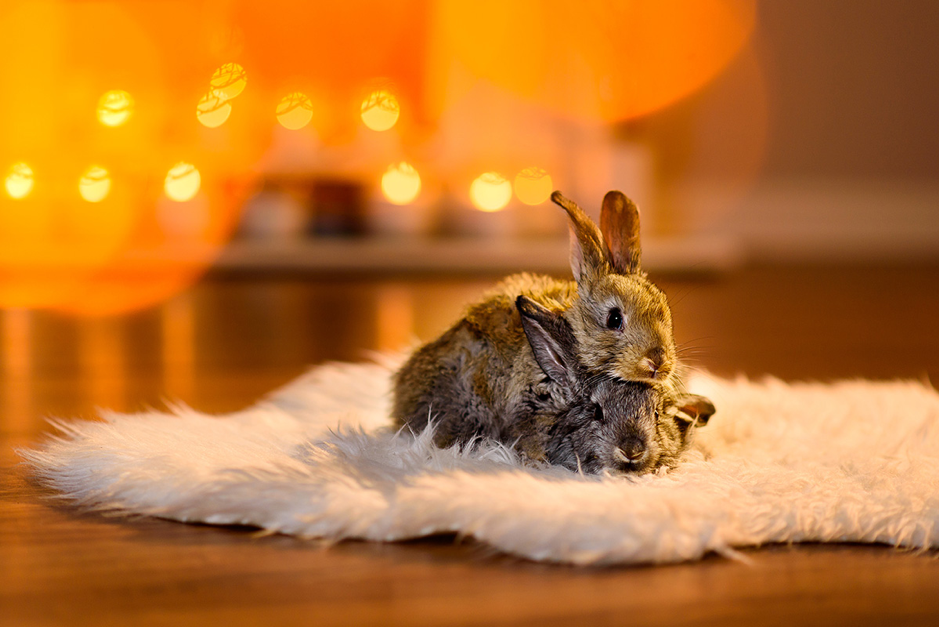
Winter feeding tips
With reduced grazing available, it is important that rabbits continue to eat enough long fibre. Hay plays a central role in that and must be provided through the colder months. It’s also a great insulating material that can help keep the hutch cosy.
Reduced access to sunlight and the great outdoors means that a rabbit’s Vitamin D levels can dip. As a forage that’s left to dry in the sun, hay is a natural source of vitamin D but the amount will decline over time and winter hay is often lower in this sunshine vitamin. Make sure a good quality concentrate is being fed that contains the vitamins and minerals they need.
Feeding amounts may have to be increased as energy is required to stay warm and more calories may be needed to provide fuel. This is a good time to learn how to body condition score your rabbit because balanced against the potential for increased energy intake, is also reduced activity. There is no good generalisation here though because overt exercise may be replaced by shivering due to the cold, which can also burn up calories. By adjusting the food amounts according to body condition, the daily ration will much more accurately reflect what they need. It’s also a great way to increase bonding and general handling, so disease is more quickly spotted.
A handful of fresh leafy greens is a vital part of a rabbit’s daily diet and it’s important to avoid feeding frozen vegetables direct from the garden as this can lead to digestive upset. As garden crops and foraged plants disappear, it’s important to make sure you have suitable fresh greens to give your pets.
Water bottles freeze quickly so use covers and water dishes as a back up so that the rabbits always have access to clean fresh drinking water.
Rabbits are not arctic hares and they need you to keep them safe and healthy this winter. Make sure you plan ahead and stock up on everything you need through the colder months.

